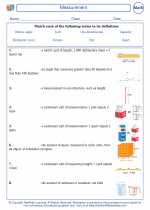Definition:
A triangular prism is a polyhedron with two parallel triangular bases and three rectangular faces.
Formulas:
- Surface Area: The surface area of a triangular prism can be calculated using the formula:
2 * base area of the triangle + perimeter of the triangle * height of the prism - Volume: The volume of a triangular prism can be calculated using the formula:
base area of the triangle * height of the prism
Example Problem:
Find the surface area and volume of a triangular prism with the following measurements:
Solution:
First, calculate the base area of the triangle:
base area = (1/2) * base * height
base area = (1/2) * 5 cm * 8 cm = 20 cm2
Then, find the perimeter of the triangle:
perimeter = 3 * base
perimeter = 3 * 5 cm = 15 cm
Now, calculate the surface area:
surface area = 2 * base area + perimeter * height of the prism
surface area = 2 * 20 cm2 + 15 cm * 10 cm = 400 cm2 + 150 cm2 = 550 cm2
Finally, calculate the volume:
volume = base area * height of the prism
volume = 20 cm2 * 10 cm = 200 cm3
Conclusion:
The surface area of the triangular prism is 550 cm2 and the volume is 200 cm3.
.◂Math Worksheets and Study Guides Fourth Grade. Measurement
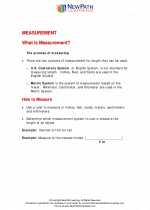
 Activity Lesson
Activity Lesson
 Activity Lesson
Activity Lesson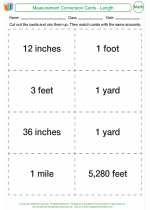
 Activity Lesson
Activity Lesson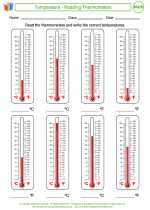
 Worksheet/Answer key
Worksheet/Answer key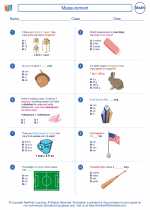
 Worksheet/Answer key
Worksheet/Answer key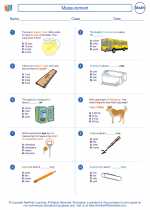
 Worksheet/Answer key
Worksheet/Answer key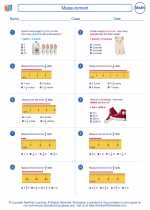
 Worksheet/Answer key
Worksheet/Answer key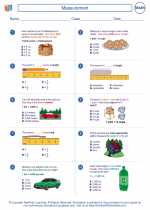
 Worksheet/Answer key
Worksheet/Answer key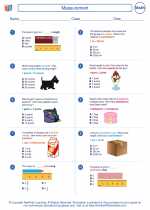
 Worksheet/Answer key
Worksheet/Answer key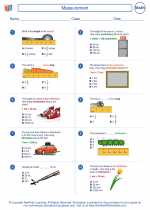
 Worksheet/Answer key
Worksheet/Answer key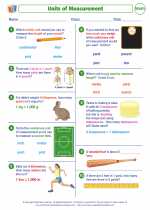
 Worksheet/Answer key
Worksheet/Answer key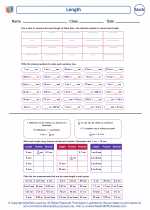
 Worksheet/Answer key
Worksheet/Answer key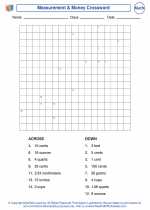
 Worksheet/Answer key
Worksheet/Answer key
 Vocabulary/Answer key
Vocabulary/Answer key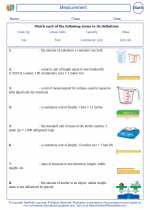
 Vocabulary/Answer key
Vocabulary/Answer key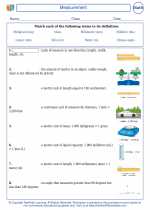
 Vocabulary/Answer key
Vocabulary/Answer key